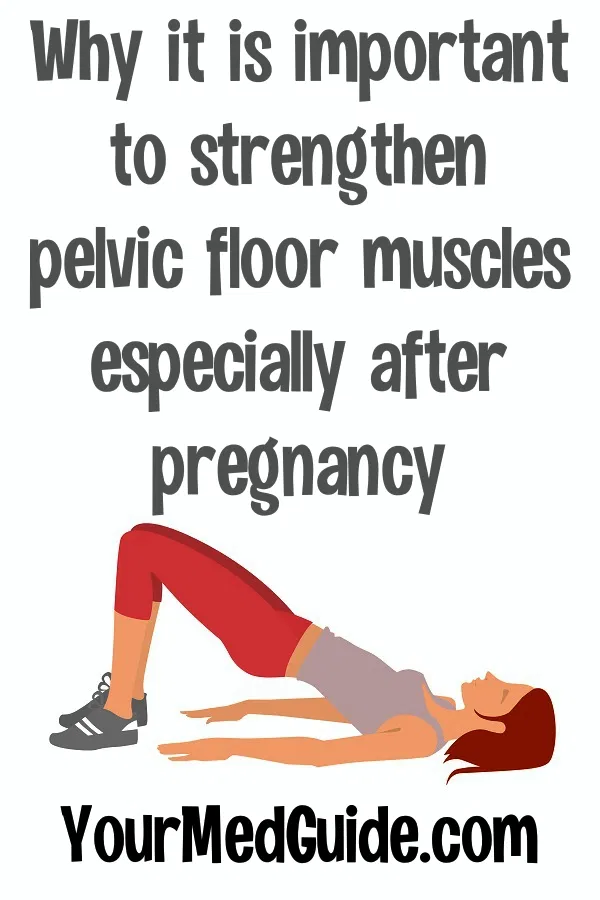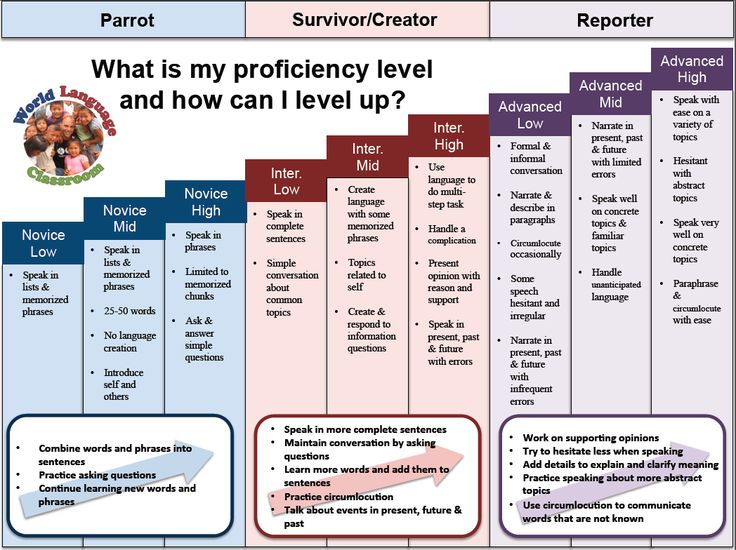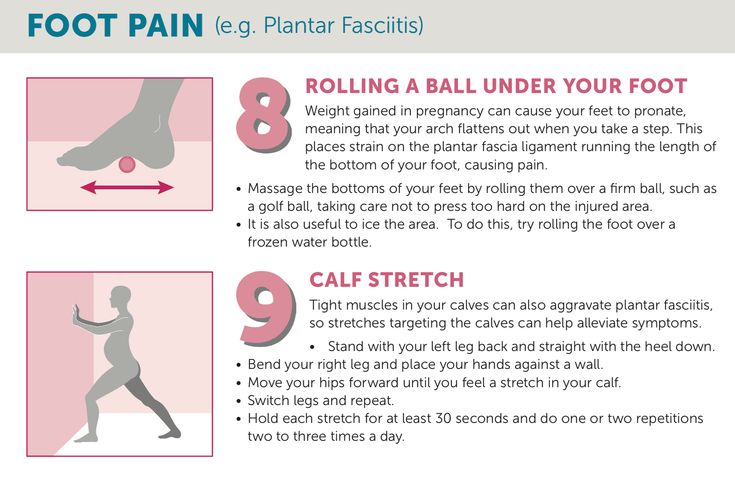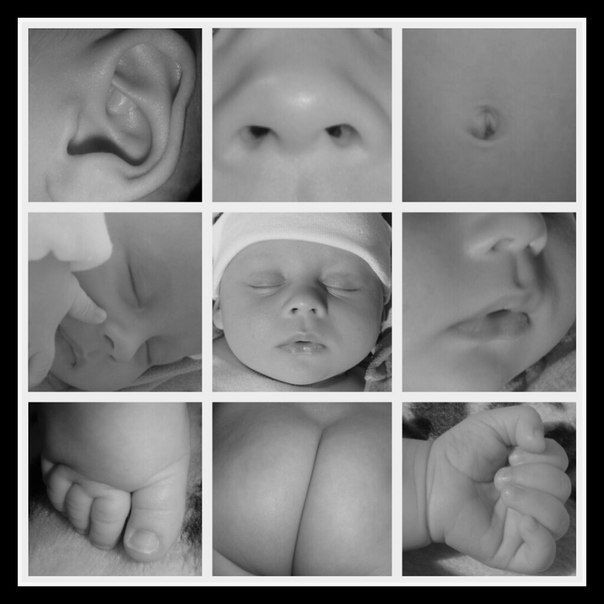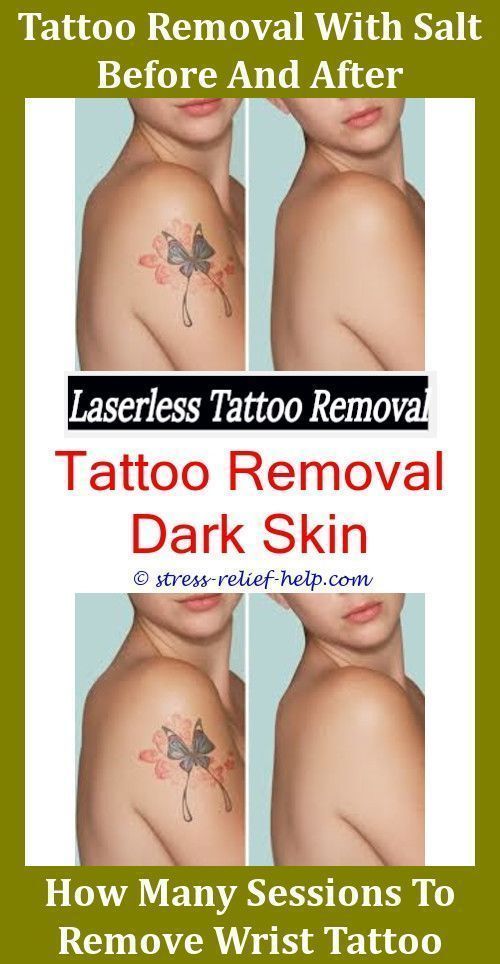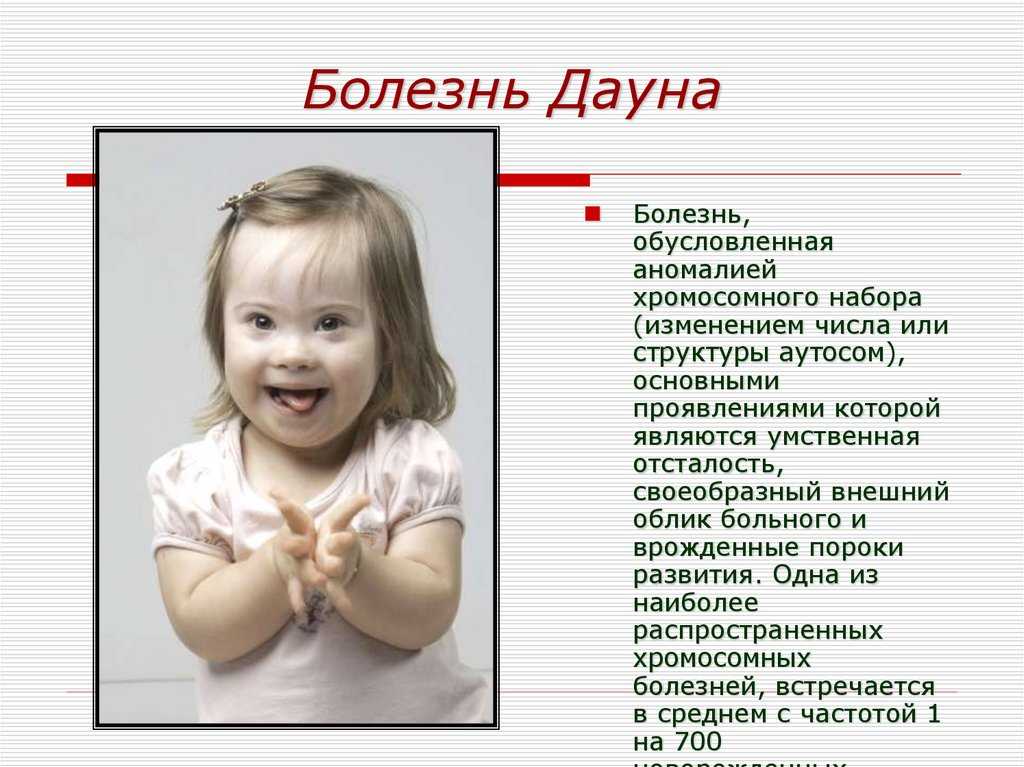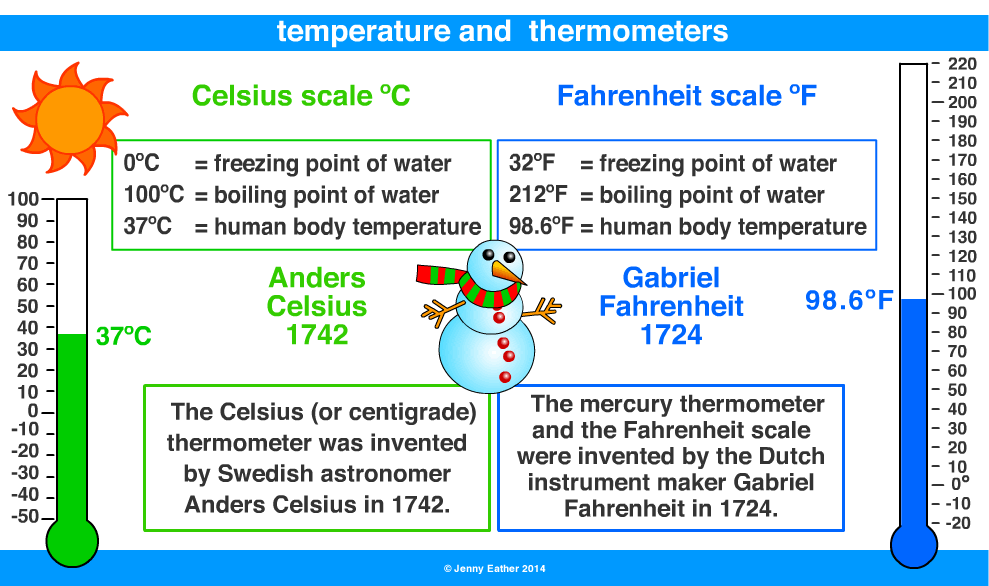Red splotches on newborn face
Newborn Rashes and Birthmarks
Is this your child's symptom?
- Normal skin rashes and birthmark questions about newborns
Newborn Rashes - Topics Covered
If your baby is healthy, skip the "What to Do" section. Go directly to the topic number that relates to your question for advice.
- Acne. Small red bumps on the face (onset 2-4 weeks).
- Drooling or Spit-Up Rash. Rash around the mouth and on the chin (onset anytime).
- Erythema Toxicum. Red blotches with small white "pimple" in the center (onset 2-3 days).
- Skin Injury from Birth Process. From forceps, scalp electrode or birth canal (present at birth).
- Milia. Tiny white bumps on the nose and cheeks (present at birth).
- Mongolian Spots. Bluish-green birthmark, often on buttock (present at birth).
- Stork Bites (Pink Birthmarks). On back of neck or bridge of nose (present at birth).
- Strawberry Hemangiomas. Raised red birthmarks (onset 2-4 weeks).
- Port-wine Stains. Dark red or purple flat birthmarks (present at birth).
Newborn Face Rashes: Most Common Ones
- Erythema Toxicum 50% (onset day 2 or 3)
- Milia 40% (present at birth)
- Baby Acne 30% (onset week 2 to 4)
- Drooling or Spit-up Rash (common and onset any time)
- Heat Rash (common and onset any time)
Heat Rash
- Many newborn rashes that have no clear cause are heat rashes.
- Heat rashes are a pink blotchy area with tiny bumps.
- They mainly occur on the face, neck and chest.
- During hot weather, most temporary newborn rashes are heat rashes.
- Cause: blocked off sweat glands. The openings are so tiny in newborns, that any irritation can block them. Examples are getting any ointment on the skin, friction from clothing or being overheated. Being held against the mother's skin while nursing causes many face rashes.
Herpes Simplex: Serious Newborn Rash
- Appearance.
 Several water blisters or pimples grouped in a cluster. They look like the cold sores (fever blisters) that adults get on their lip. After several days, they crust over.
Several water blisters or pimples grouped in a cluster. They look like the cold sores (fever blisters) that adults get on their lip. After several days, they crust over. - Location. Just one part of the body, usually the scalp or face.
- Redness. The base can be pink. The pinkness does not extend beyond the cluster of vesicles.
- Onset. Within the first 2 weeks of life.
- Importance. Early treatment with anti-viral drugs can prevent serious problems. If you think your newborn's rash looks like herpes, call your child's doctor now.
- Imitator. Although herpes can be confused with erythema toxicum, they look very different.
When to Call for Newborn Rashes and Birthmarks
Call 911 Now
- Not moving or very weak
- You think your child has a life-threatening emergency
Call Doctor or Seek Care Now
- Age less than 1 month old and looks or acts abnormal in any way
- Fever in baby less than 12 weeks old.
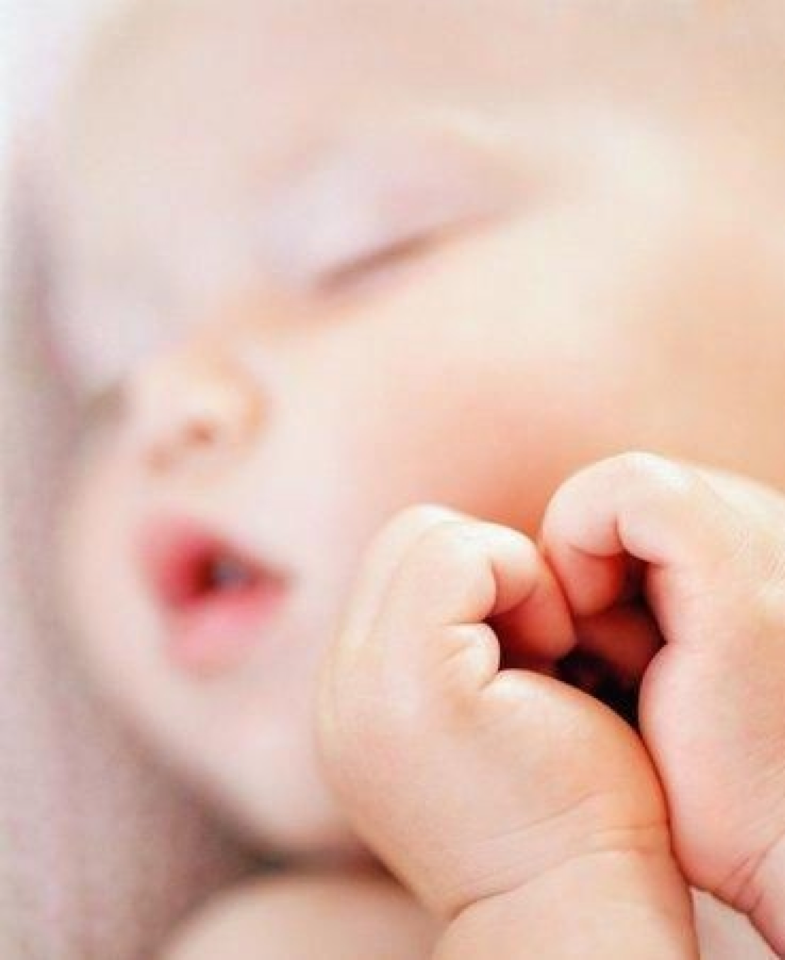 Caution: do NOT give your baby any fever medicine before being seen.
Caution: do NOT give your baby any fever medicine before being seen. - Purple or blood-colored spots or dots not present at birth
- Tiny blisters (little bumps that contain clear fluid)
- Pimples (little bumps that contain pus). Exception: looks like erythema toxicum which occurs in half of newborns.
- Skin looks infected (such as spreading redness, sores or pus)
- Rash is painful to touch
- You think your child needs to be seen, and the problem is urgent
Contact Doctor Within 24 Hours
- You think your child needs to be seen, but the problem is not urgent
Contact Doctor During Office Hours
- Mild newborn rash, but cause is not clear
- You have other questions or concerns
Self Care at Home
- Normal newborn rashes or birthmarks
Seattle Children's Urgent Care Locations
If your child’s illness or injury is life-threatening, call 911.
- Bellevue
- Everett
- Federal Way
- Seattle
Care Advice for Newborn Rashes and Birthmarks
- Acne:
- More than 30 percent of newborns develop baby acne of the face.
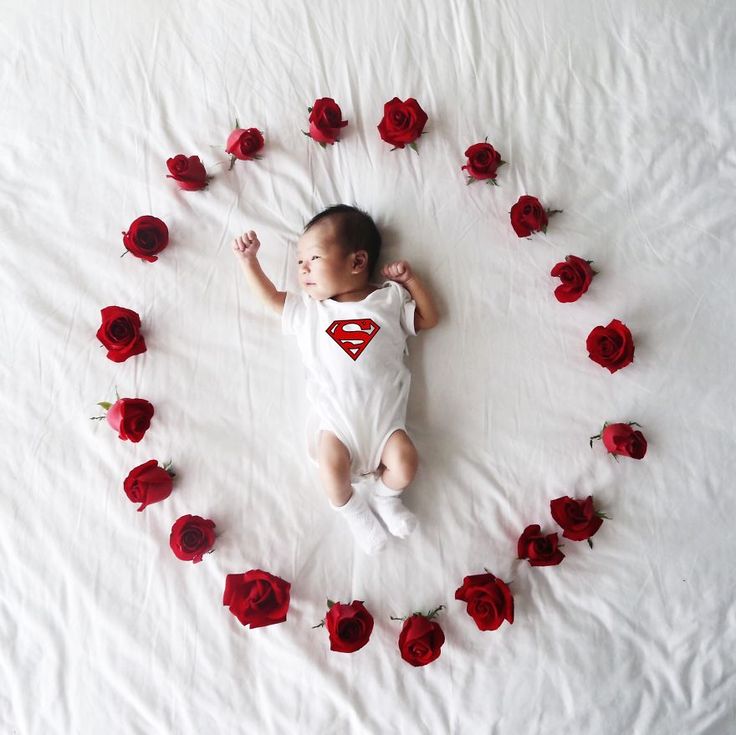 Acne consists of small red bumps.
Acne consists of small red bumps. - This baby acne begins at 2 to 4 weeks of age. It lasts until 4 to 6 months of age.
- The cause appears to be the transfer of maternal hormones just prior to birth.
- Since it goes away on its own, no treatment is needed. Baby oil or ointments make it worse.
- More than 30 percent of newborns develop baby acne of the face.
- Drooling or Spit-up Rash:
- Many babies have a rash on the chin or cheeks that comes and goes. This is often due to contact with food. It's more common after starting baby foods. In newborns, it can also be from stomach acid that has been spit up. Prolonged contact with spit-up during sleep can cause the rash to get worse.
- Other temporary rashes on the face are heat rashes. These can occur in areas held against the mother's skin during nursing. Heat rashes are more common in the summertime.
- Rinse the face with water after all feedings or spitting up. During hot weather, change the baby's position more often. Also, put a cool wet washcloth on the rash.
 Do this for 10 minutes.
Do this for 10 minutes.
- Erythema Toxicum:
- More than 50 percent of babies get a rash called erythema toxicum. It starts on the second or third day of life.
- It's a harmless baby rash that doesn't need to be seen.
- The rash is made up red blotches. They are ½ inch to 1 inch (1 to 2.5 cm). The blotches have a small white or yellow "pimple" in the center.
- They look like insect bites, but are not. Red blotches are the main feature.
- They can be numerous, keep occurring, and look terrible. They can occur anywhere on the body surface, except the palms and soles.
- Their cause is unknown, but they are not an infection.
- They go away by 1-2 weeks of age.
- No treatment is needed. Ointments or baby oil make it worse.
- Skin Injury from Forceps, Scalp Electrode or Birth Canal:
- The pressure of a forceps on the skin can leave marks. You may see bruises or scrapes anywhere on the head or face.
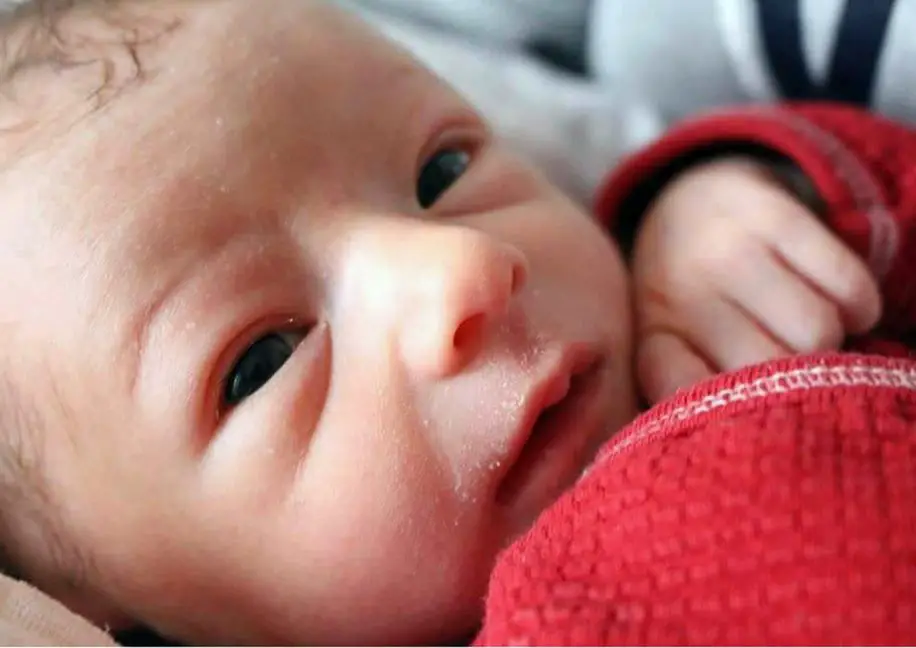
- During birth, skin overlying bony prominences can become damaged. You might see this on the sides of the skull bone. This is from pressure from the birth canal. Even without a forceps delivery, you may see bruises or scrapes.
- Scalp electrodes can also cause scalp scrapes and scabs.
- The bruises and scrapes will be noted at birth. They will be more noticeable by day 2. They heal over or go away by 1 - 2 weeks of age.
- A fat tissue injury won't appear until day 5 to 10. Look for a firm coin-shaped lump. It will be under the skin and sometimes with a scab. This lump may take 3 or 4 weeks to go away.
- For any breaks in the skin, apply an antibiotic ointment (such as Polysporin). No prescription is needed. Use 3 times per day until healed.
- Call Your Doctor If:
- It becomes tender to the touch
- Becomes soft in the center
- Starts to looks infected
- The pressure of a forceps on the skin can leave marks. You may see bruises or scrapes anywhere on the head or face.
- Milia:
- Milia are tiny white bumps that occur on the face.
 The nose and cheeks are most often involved. Milia can also be seen on the forehead and chin.
The nose and cheeks are most often involved. Milia can also be seen on the forehead and chin. - Milia occur in 40 percent of newborn babies. Present at birth.
- Milia are many in number. They occur equally on both sides of the face.
- Although they look like pimples, they are much smaller (pinhead size). They are not infected.
- They do not look like water blisters.
- They are blocked-off skin pores. They will open up.
- Milia will go away by 1 to 2 months of age.
- No treatment is needed. Ointments or creams can make them worse.
- Milia are tiny white bumps that occur on the face.
- Mongolian Spots:
- A Mongolian spot is a normal bluish-green or bluish-gray flat birthmark. They occur in over 90 percent of Native American, Asian, Hispanic, and African American babies. They are also seen in 10 percent of Caucasians, especially those of Mediterranean descent.
- They are present at birth.
- They occur most commonly over the back and buttocks. However, they can be present on any part of the body.
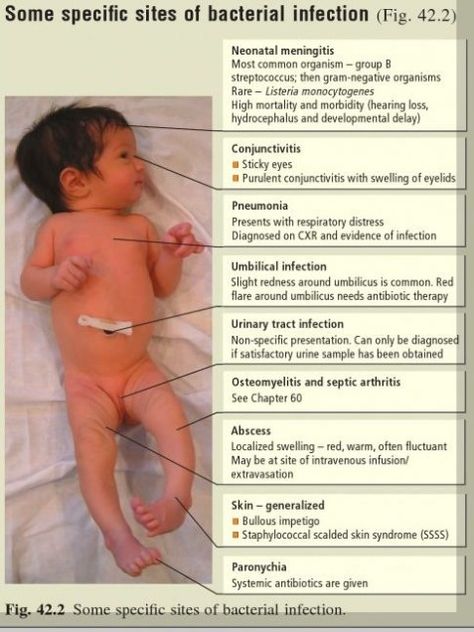
- They vary greatly in size and shape.
- They do not indicate illness or any disease.
- Most fade away by 2 or 3 years of age. A trace may last into adult life.
- Stork Bites (Pink Birthmarks):
- Flat pink birthmarks that occur over the bridge of the nose or the eyelids. You can also find them on the back of the neck ("stork bites"). The ones in front are often referred to as "an angel's kiss".
- They occur in more than 50 percent of newborns. They are present at birth.
- All the birthmarks on the bridge of the nose and eyelids clear completely. Those on the eyelids clear by 1 year of age. Those on the bridge of the nose may last for a few more years. Those on the forehead from the nose up to the hairline usually last into adulthood. Laser treatment during infancy should be considered. Most birthmarks on the nape of the neck also clear. But, 25 percent can last into adult life.
- Strawberry Hemangiomas:
- Strawberry hemangiomas are red birthmarks that are raised or increasing in size.
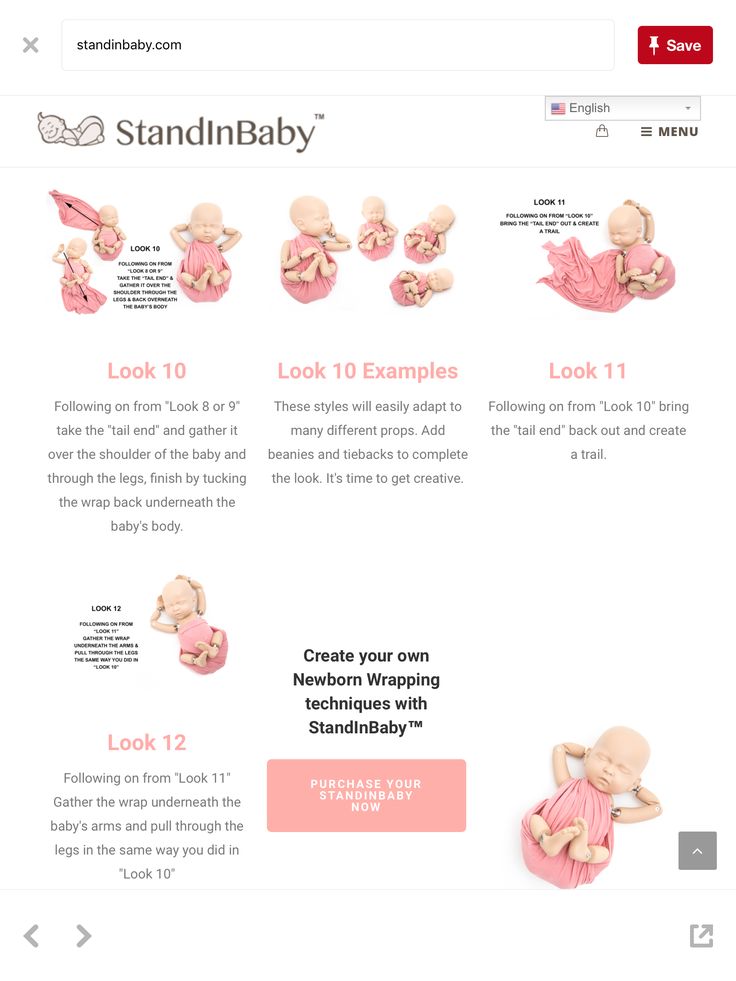
- Onset usually between 2-4 weeks of age. Most often, start after 3 weeks of age. Sometimes (although rare), they don't appear until the second month of life.
- They become larger for 1 year. Then, they fade away over 6 to 8 years without any treatment.
- They run a small risk of bleeding with trauma. Any bleeding should stop with 10 minutes of direct pressure.
- Discuss with your child's doctor on the next regular visit. Call sooner if you are concerned.
- Strawberry hemangiomas are red birthmarks that are raised or increasing in size.
- Port-Wine Stain Birthmarks:
- Present at birth in 1 out of 200 newborns
- Deeper in color (dark red or purple) than stork bites (salmon patches)
- Flat, smooth surface
- Natural course: Do not fade or disappear like stork bites. May become darker.
- Grow with the child, but cover the same area
- Treatment: May refer to dermatologist for laser treatments early in infancy
- Call Your Doctor If:
- Your baby starts to look or act abnormal in any way
- You think your child needs to be seen
And remember, contact your doctor if your child develops any of the 'Call Your Doctor' symptoms.
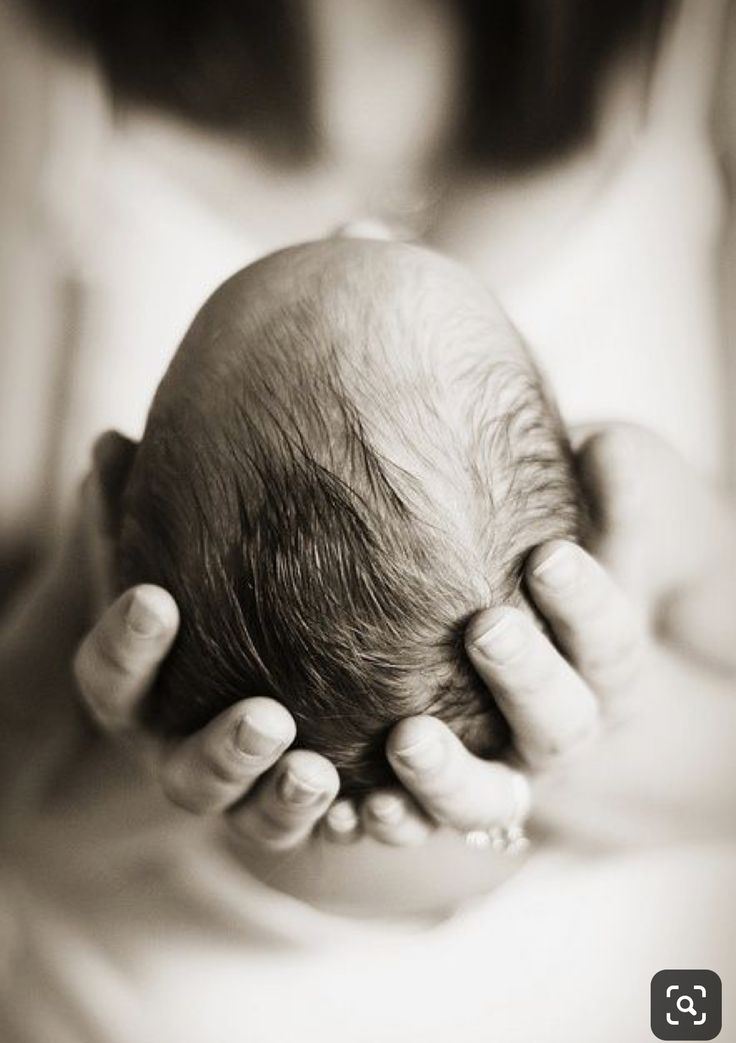
Disclaimer: this health information is for educational purposes only. You, the reader, assume full responsibility for how you choose to use it.
Last Reviewed: 12/10/2022
Last Revised: 01/13/2022
Copyright 2000-2022. Schmitt Pediatric Guidelines LLC.
Newborn Rashes and Skin Conditions
Written by Steven Jerome Parker, MD
In this Article
- Common Rashes in Newborns
- Common Rashes in the First Few Months of a Baby's Life
- Tips for Concerned Parents
- When to Worry About Baby's Rash
A newborn's skin is prone to rashes of all sorts. Fortunately, most of these rashes are harmless and go away on their own.
Common Rashes in Newborns
- Pink pimples ('neonatal acne') are sometimes thought to be caused by exposure in the womb to maternal hormones. No treatment is needed, just time. They can last for weeks or even months on a baby's skin.
- Erythema toxicum is another common newborn rash.
 It looks like red blotches with ill-defined borders that are slightly raised, and may have a small white or yellow dot in the center. Its cause is unknown, and it resolves without treatment after a few days or weeks.
It looks like red blotches with ill-defined borders that are slightly raised, and may have a small white or yellow dot in the center. Its cause is unknown, and it resolves without treatment after a few days or weeks. - Dry, peeling skincan be seen in almost all normal babies, but is especially noticeable in babies born a little late. The underlying skin is perfectly normal, soft, and moist.
- Little white bumps on the nose and face (milia) are caused by blocked oil glands. When a baby's oil glands enlarge and open up in a few days or weeks, the white bumps disappear.
- Salmon patches (called a ''stork bite'' at the back of the neck or an ''angel's kiss'' between the eyes) are simple nests of blood vessels (probably caused by maternal hormones) that fade on their own after a few weeks or months. Occasionally, stork bites never go away.
- Jaundiceis a yellow coloration on baby's skin and eyes. It is caused by an excess of bilirubin (a breakdown product of red blood cells).
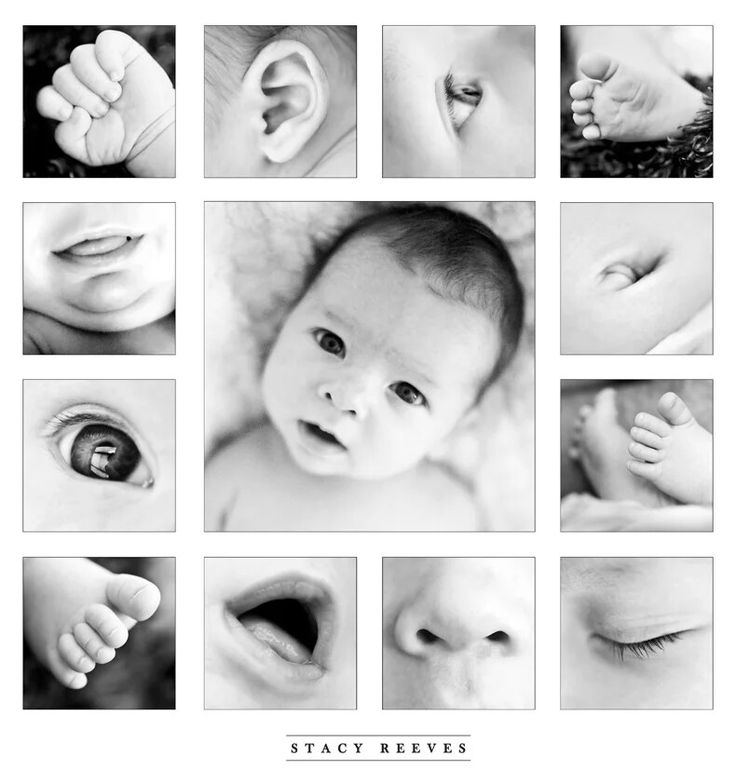 If the bilirubin level becomes sufficiently high, blue or white lights may be focused on the baby's skin to lower the level, because excess bilirubin can sometimes pose a health hazard.
If the bilirubin level becomes sufficiently high, blue or white lights may be focused on the baby's skin to lower the level, because excess bilirubin can sometimes pose a health hazard. - Congenital Melanocytosis, previously called Mongolian spots, are very common in any part of the body of dark-skinned babies. They are flat, gray-blue in color (almost looking like a bruise), and can be small or large. They are caused by some pigment that didn't make it to the top layer when baby's skin was being formed. They are harmless and usually fade away by school age.
New rashes may appear in babies after a few days, weeks, or even months.
Common Rashes in the First Few Months of a Baby's Life
- Cradle cap(seborrhea) often shows up at 1-2 months of age. Greasy, yellowish crusts appear on the scalp and may include a red, irritating rash on the face, behind the ears, on the neck, and even in the armpits. Your doctor will tell you how to best treat this common condition, depending on your baby's symptoms.
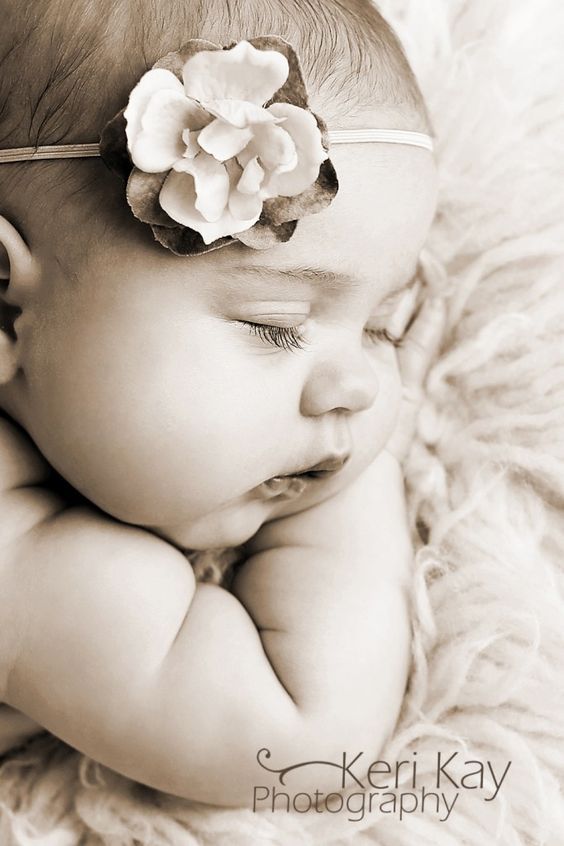
- Eczemais red, itchy patches on the skin, often seen on the baby's chest, arms, legs, face, elbows, and behind the knees. It is caused by dry, sensitive skin, and sometimes allergies (although it can be difficult at this age to know what the trigger might be). Your doctor can determine if the rash looks like eczema and prescribe the appropriate treatment. In general, treatment consists of:
- Using a very gentle soap
- Using a gentle detergent and no fabric softener in baby's laundry
- Using skin moisturizers
- Applying a steroid cream (like hydrocortisone or even a stronger one) if the eczema won't go away
- Prickly heat looks like small red bumps, mostly on areas of your baby's body that tend to overheat and sweat, like the neck, diaper area, and armpits. The treatment is to try to keep the area dry and avoid overheating by dressing them in loose-fitting clothing.
- A fungal infection(candidiasis) can show up in different ways on your baby.
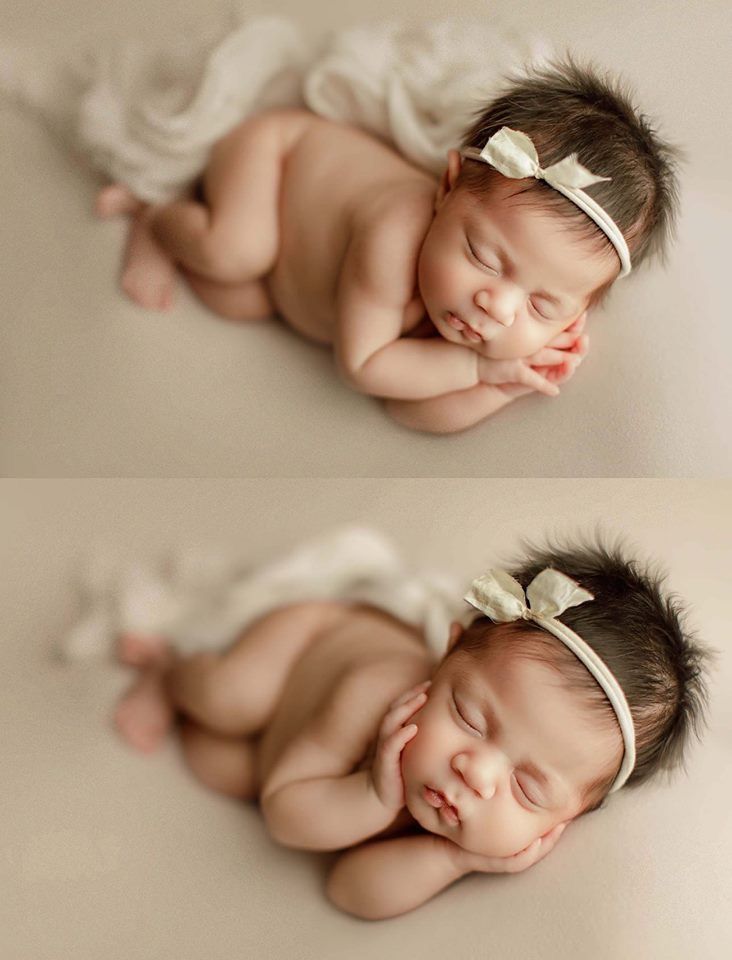 On the tongue, it is called thrush and looks like dried milk, which, unlike milk, cannot be scraped off. In the diaper area, candidiasis looks like an intense red rash, often with smaller bumps around the edges. A fungal infection loves moist, dark areas, so you'll find redness due to it in the creases of the thighs. Candidiasis is treated with antifungal oral gel or liquid medicine (for oral thrush) or antifungal cream (for the diaper area), or both.
On the tongue, it is called thrush and looks like dried milk, which, unlike milk, cannot be scraped off. In the diaper area, candidiasis looks like an intense red rash, often with smaller bumps around the edges. A fungal infection loves moist, dark areas, so you'll find redness due to it in the creases of the thighs. Candidiasis is treated with antifungal oral gel or liquid medicine (for oral thrush) or antifungal cream (for the diaper area), or both.
Tips for Concerned Parents
In the first few months of a baby's life, any rash associated with other symptoms (such as fever, poor feeding, lethargy, or cough) needs to be evaluated by a doctor as soon as possible.
When to Worry About Baby's Rash
While most rashes are not serious, a few need very close attention:
- Fluid-filled blisters (especially ones with opaque, yellowish fluid) can indicate a serious infection, like a bacterial infection or herpes.
- Small red or purplish dots over the body (''petechiae'') can be caused by a viral infection or a potentially very serious bacterial infection.
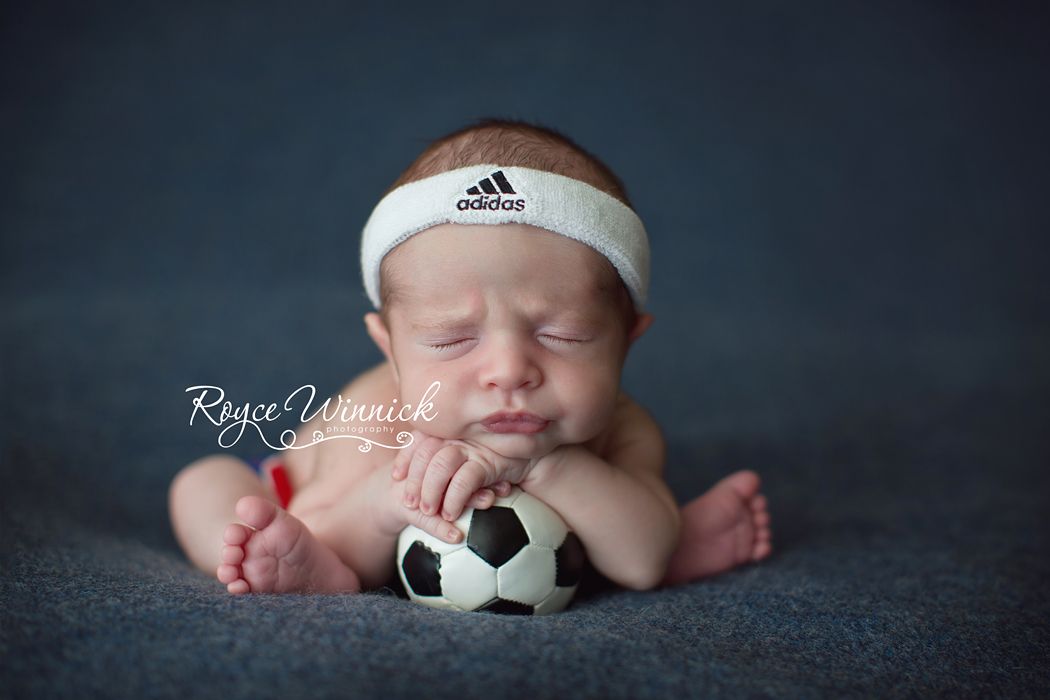 These will not lighten with pressure. Any infant with possible petechiae should be evaluated by a doctor immediately.
These will not lighten with pressure. Any infant with possible petechiae should be evaluated by a doctor immediately.
Stork sting. What are newborn mothers afraid of? Society news
Any seemingly insignificant change in the baby's condition can frighten the newly-made mom and dad. Although sometimes nothing really bad happens. In the first month of life, neonatologists observe babies. It is on them that a flurry of parental fears falls.
“There is such a thing as a transient state of newborns. This is an intermediate period between the time when the child was in the mother's womb and the time when he begins to settle down outside, says Lina Komisar . - When a woman who has given birth asks: “How is the baby?”, We answer: “He is in the period of adaptation.” A transient state is not a diagnosis, not a disease! This condition is also called borderline, since with defects in care or a breakdown in adaptation, it can turn into a pathological one.
Therefore, neonatologists daily, and sometimes twice a day, examine children in the neonatal department.”
Body weight
“Sometimes mothers tell doctors: “My baby has lost weight. Probably because he didn't eat." But this happens not only for this reason. In the first three days, the child receives only a small amount of colostrum and, due to a lack of total fluid volume, loses weight.
In addition, at this time, the umbilical residue dries up and the original feces are excreted, due to which the baby also loses grams.
Lina Komisar / Photo: Natalya Malyihina
Read also 17 Aug 2022 11:08
Small does not mean sick. Does the weight of a newborn affect its further development 28 May 2022 09:eleven
Doctors in Belgorod gave birth to two residents of the Kharkiv region 29 Mar 2022 10:52
2 boys and 1 girl were born on New Year's Eve in Belgorod 01 Jan 2022 10:49
Since the beginning of the year, the 2021st baby was born in the Belgorod region 05 Mar 2021 17:04
The maximum loss occurs before the third or fourth day.
If a child was born weighing 3 kg, then he can lose up to 300 g. Such a loss is not a contraindication for discharge from the hospital. Everything will be restored.
From the fourth day, a gradual increase begins. The mother receives more milk, the child becomes more active, sleeps less and adds 10–50 g daily.”
"It was scary. I prayed." Moms - about the first days of life of children born prematurely
Jaundice
“I can say right away that if a child develops jaundice, this is not a consequence of hepatitis B vaccination, as some parents believe.
There is a special kind of jaundice that occurs only in newborns.
Pathological jaundice occurs with Rh conflicts, liver dysfunction, infections and other abnormalities. It is very rare.
Physiological jaundice begins due to the difference between the hemoglobin of the fetus and the child who has already been born.
In a newborn, fetal hemoglobin breaks down, transforming, among other things, into bilirubin. But due to the fact that the baby's liver is immature (this organ is formed before the age of five), it does not have time to utilize this bilirubin. Here the child turns yellow. If certain indicators are not exceeded, this condition does not require special treatment. Bilirubin will be excreted naturally.
One child may turn yellow on the second day, the other on the fifth. Jaundice disappears from the beginning of the second to the end of the third week, sometimes it can last up to a month.
Hyperthermia
“It happens that the baby turns red, screams, and the mother cannot calm him down. This is due to the immature nervous system and thermoregulation center. Roughly speaking, babies accept the temperature of the environment: they dressed warmly - overheated, opened - cooled down.
If the child's temperature is above 37.5°, you need to untie him and bathe him, remove the diaper and just keep him in a thin diaper.
And everything will pass. Antipyretics are prescribed only in very rare cases.
Photo: pixabay.com
Sexual crisis
“On the third or fourth day, the external genitalia of girls increase, the scrotum of boys swells. In children, the mammary glands may increase, there will be discharge from them. Girls can also have false periods, which is especially frightening for mothers. This is not scary, because every child receives a lot of hormones during pregnancy and childbirth. Everything will go by itself."
Physiological dysbacteriosis
“Mother calls me to the ward with the words: “My child has diarrhea, what should I do? This is probably because of the antibiotics that they inject me!” No, it's not because of the antibiotics. This is a transition chair.
The baby is born with sterile intestines. During the first day of life, after being applied to the mother's breast, it is populated by the maternal microflora.
The sterile intestine reacts to lacto- and bifidobacteria. It's not a disease."
Skin problems
“Most often mothers ask why the baby is so red. So, red is the physiological color of the skin in the first three days. The protective lubricant was removed from the baby, and his skin is thin, and the capillaries are close. In fact, it is very good that the baby is red, and not some other color.
It happens that a child has white pimples on his nose, chin and cheeks. Some mothers are very worried when they are discharged: “God, I have a photo session, what should I do?! Why is he so ugly!” Don't worry, you have a beautiful baby! He just has thin skin and no subcutaneous fat layer. In the area of the face, he has clogged immature sebaceous glands. Nothing needs to be done about it.
Some babies have red spots on the forehead, eyelids and back of the head. People say that redness in front is the kiss of an angel, and behind it is the bite of a stork, that is, the bird took the baby by the neck and carried it to the parents. They also say that these are birthmarks, but this is not so. These are pathologically dilated capillaries. Up to a year they will pass, but they will appear in the heat, with screaming and crying. All of these are not diagnoses either.”
They also say that these are birthmarks, but this is not so. These are pathologically dilated capillaries. Up to a year they will pass, but they will appear in the heat, with screaming and crying. All of these are not diagnoses either.”
Photo: pixabay.com
Toxic erythema
“If the baby is covered with pimples, most likely it is toxic erythema - a transitional skin condition. It can be caused by toxicosis in the mother, disorders of the endocrine system, the mother taking certain drugs, heredity.
The rash resolves on its own. It has a migratory character: it disappeared on the arm, appeared on the leg. You just need to keep the baby dry and not overheat it.”
Urinary crisis
“It happens that on the first day the baby does not pee. This is fine. He can urinate at the end of the first day or on the second day. In the first three days, he will go to the toilet a little, but then the diapers will be wet four to six times a day.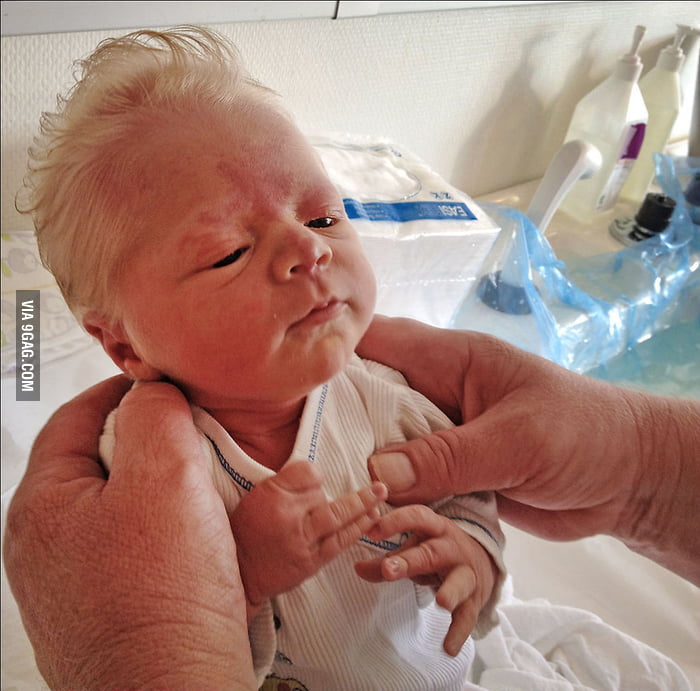
And if you see something red in a diaper, don't be afraid that it's blood. This is a consequence of uric acid diathesis. The kidneys began to work actively, so salts of uric acid are released. Boys before urination may cry for the first three days, as the grains have a painful effect on the urethra.
Photo: Pixabay.com
News BRF
Red Pimples on the face of a newborn: Symptoms, causes and treatment
Allergic rash in the newborn
In the baby is an unfavorable Immunity response of the child organism 9000 potentially dangerous substance. Most often, an allergic rash occurs against the background of the use by a nursing mother of products that can act as an irritant. This group includes:
- cow's milk;
- soy [1] and egg white;
- fish;
- strawberries;
- nuts.
The first sign of developing allergic rash is peeling.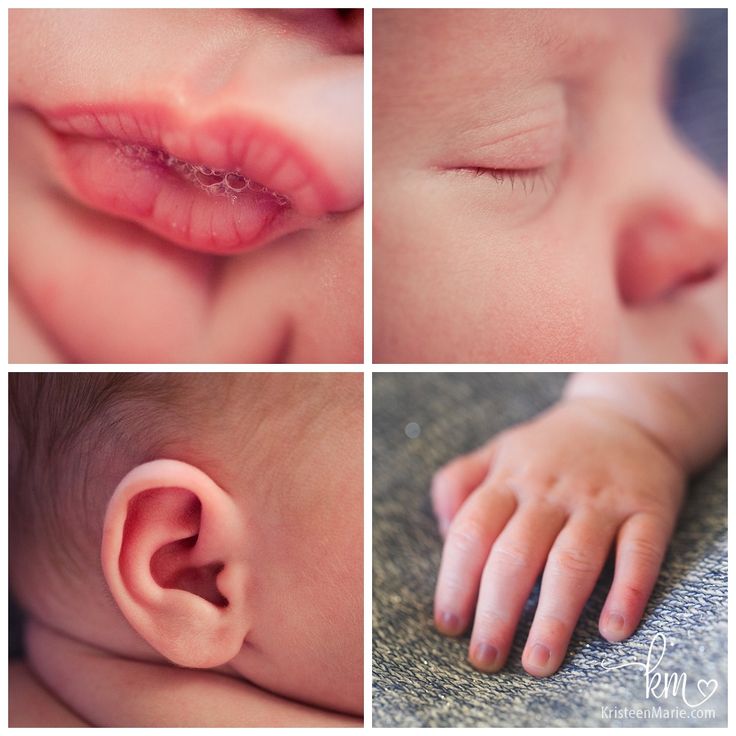 Pathological foci with dry skin on the face of a newborn are formed symmetrically, localized on the cheeks and on the forehead.
Pathological foci with dry skin on the face of a newborn are formed symmetrically, localized on the cheeks and on the forehead.
It is necessary to consult a doctor if the appearance of rashes affects the general condition of the baby. Irritability, restless sleep, disorders of the gastrointestinal tract, fever and vomiting are dangerous symptoms that should be stopped immediately under the supervision of a pediatrician.
Neonatal acne
Neonatal acne may appear in the first weeks of a child's life in the forehead, nose and cheeks. In appearance, they resemble acne with purulent heads, characteristic of a teenage rash. It is assumed that the cause of the appearance of acne is increased production of sebum , which clogs the ducts of the sebaceous glands and provokes an inflammatory reaction.
The pathogenesis of the appearance of small pimples in newborns is also associated with the processes of the formation of the hormonal system.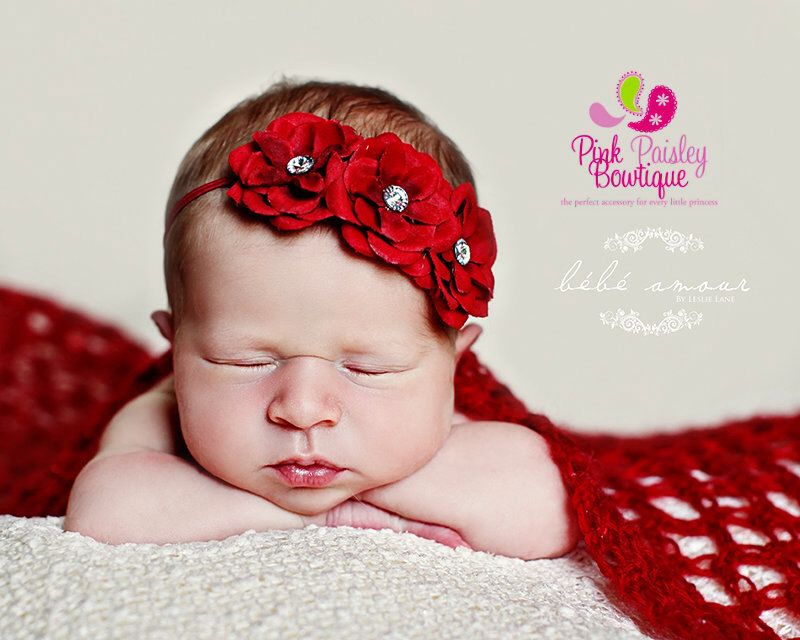 The body gets rid of the transplacental influence of maternal androgens [2], adrenal hormones begin to be produced more intensively, which affect the condition of the skin.
The body gets rid of the transplacental influence of maternal androgens [2], adrenal hormones begin to be produced more intensively, which affect the condition of the skin.
Neonatal acne does not require treatment [9] - standard daily care using delicate soap or baby cosmetics is sufficient. In most cases, pimples that appear on the face go away on their own by 4 months of age.
Sweating
Sweating is a skin lesion that is associated with hyperfunction of the sweat glands and irritation of the excretory ducts . The disease can develop due to improper skin care newborn, with a long stay in hot rooms and the wrong choice of clothing (the child is heavily wrapped up).
Miliaria resembles an allergic rash, but differs from it in localization. Signs of allergy most often appear on the skin of the child's face, and with miliaria, rashes form throughout the body - most often in natural folds, on the neck, lower abdomen and upper chest.
What prickly heat looks like:
- small blisters with clear contents, prone to burning and itching;
- in difficult cases, reddish nodules with an inflamed rim;
- with extensive skin lesions - weeping areas.
Prickly heat by itself is not dangerous to the health of the child. But damage to the skin is fraught with the addition of a bacterial or fungal infection. In this case, purulent processes develop, the skin becomes edematous, a putrid odor appears. Red pimples with prickly heat cause discomfort in the child - he becomes capricious and irritable, refuses to eat and sleeps poorly.
Seborrheic dermatitis
In addition to red pimples, yellowish scales may appear on the skin of a newborn. These are signs of seborrheic dermatitis, a disease associated with increased secretion of sebum. Scales are formed in the first month of life in areas of the body with a large accumulation of sebaceous glands - on the scalp, upper third of the back, on the face, chest and in the area of the auricles. Seborrheic dermatitis is sometimes called "milky crusts", which may be associated with the use of unsuitable cosmetic products for baby skin care.
Seborrheic dermatitis is sometimes called "milky crusts", which may be associated with the use of unsuitable cosmetic products for baby skin care.
In fact, the disease is caused by high blood levels of maternal hormones or changes in the biochemical composition of lipids on the surface of the skin [4].
Most childhood seborrheic dermatitis resolves on its own. Parents need only take care of proper care , but diligently remove the crusts is not recommended - you risk damaging delicate skin and causing infection. It is better to use specially designed products - such as Shampoo-foam from "milk crusts" for newborns. He facilitates the removal of scales in 90% of cases and soothes the scalp in 95% of babies [5.2]. The product contains 99% ingredients of natural origin. The shampoo is fragrance-free and has a tear-free formula.
In the presence of thick, dense scales, which are located not only on the scalp, but also in other areas, a good helper will be Cream for "milk crusts" which helps to completely remove "milk crusts" in an average of 7 days [5.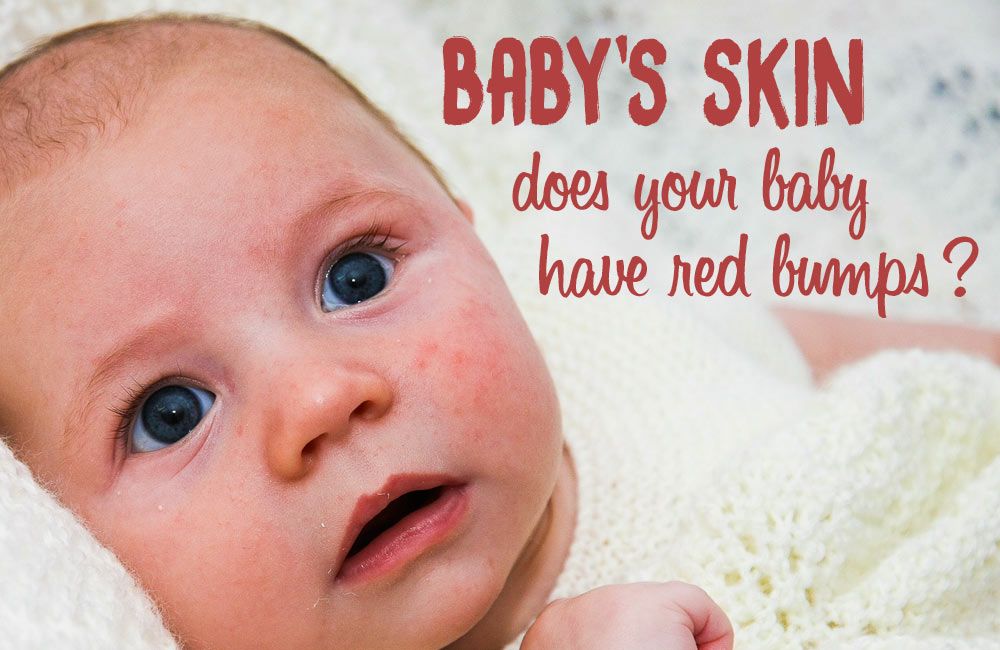 3].
3].
Atopic dermatitis
Atopic dermatitis is an allergic disease that is accompanied by chronic inflammation of the skin. Causes of an uncontrolled allergic reaction in infants are:
- food allergens - animal protein, soy products, certain types of vegetables;
- airborne allergens - household dust, pollen, pet hair, tobacco smoke, etc.;
- pathogenic microflora - fungi, viruses, bacteria.
Newborns are most often diagnosed with erythematous-squamous form of atopic dermatitis with signs of an acute inflammatory reaction:
- hyperemia of the skin;
- peeling;
- flat small papules.
Red spots are localized on the arms and legs in the area of the folds , on the sides of the neck, on the back of the hands and on the cheeks.
Children with atopic dermatitis are advised to regularly cleanse and moisturize their skin [6]. Anti-inflammatory drugs are prescribed only for extensive skin lesions that impair the quality of life of the baby - in this case, you should contact your pediatrician.
Anti-inflammatory drugs are prescribed only for extensive skin lesions that impair the quality of life of the baby - in this case, you should contact your pediatrician.
For daily care it is recommended to use STELATOPIA Emollient Cream . Studies [5.1] have shown that emollient:
- In 90% of cases reduces increased dryness of the skin [5.1] and reduces the likelihood of clinical signs of AD by 51% [10]
- Soothes itching in 91% of cases [5.1]
- Reduces inflammation after 32 hours [11]
Diaper dermatitis
This disease is better known as diaper rash and is accompanied by inflammation of the skin in the diaper area in infants. Rash appears as a result of prolonged body contact with wet diapers - the skin becomes excessively moist and defenseless against damaging factors (chemical, physical, infectious). The situation is aggravated by the simultaneous effect on the skin of children's feces that remain in a diaper or diaper.
The situation is aggravated by the simultaneous effect on the skin of children's feces that remain in a diaper or diaper.
Diaper dermatitis is not localized on the face - pimples in newborns appear on the lower abdomen, on the convex surfaces of the thighs and buttocks.
For non-drug treatment of pathology, air baths [7], bathing in a decoction of string and celandine [8], and thorough hygiene procedures are indicated. For the prevention of diaper dermatitis and redness, it is recommended to use Diaper Cream 1 2 3.
Useful properties of the product:
- reduces redness and irritation by 80% from the first application [5];
- does not interfere with skin breathing;
- reduces the risk of exacerbations by 74% [5];
- protects, repairs and soothes inflamed skin.
A number of dermatological diseases of newborns develop as a result of improper care, so parents should pay special attention to children's hygiene, and if the baby's condition worsens, immediately consult a doctor.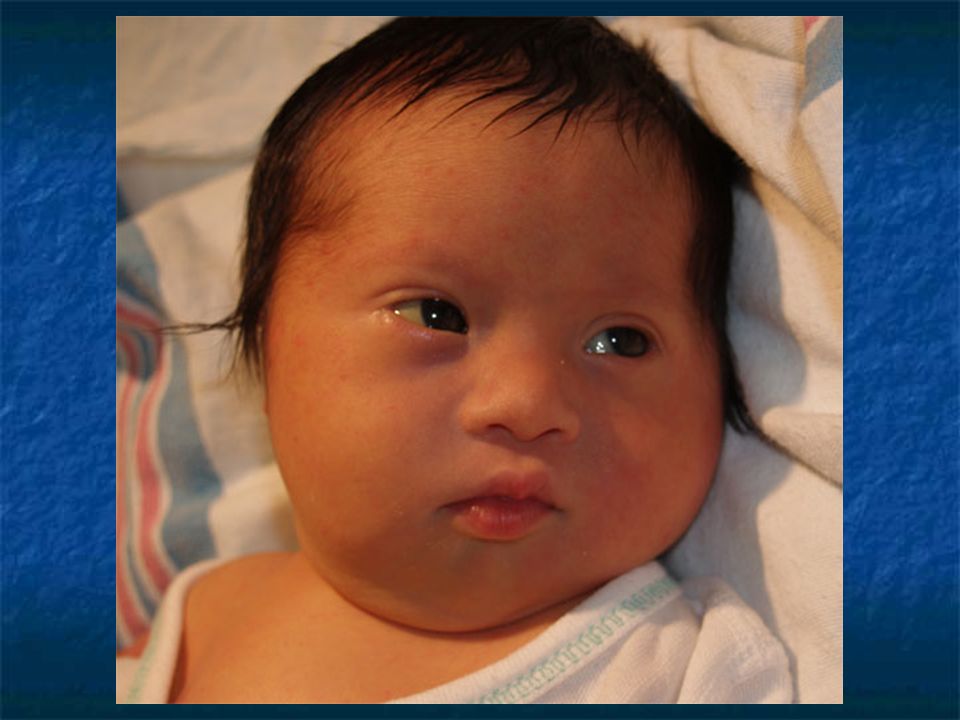
____________________________________________________________________________________________
References:
1. Bhatia J, Greer F, for the Committee on Nutrition of the American Academy of Pediatrics. The use of mixtures based on soy protein in infant feeding.// Pediatrics, 2008; 121:1062–1068.
2. Herani M.I., Ando I. Acne in infancy and acne genetics // Dermatology 2003. Volume 206. Number 1. pp. 24-28. DOI: 10.1159/000067819
3. Zanko NI Efficiency of new technologies for skin care in young children: Ph.D. dis. ... cand. honey. Sciences, M., 2000
4. Naldi L., Rebora A. Clinical practice. Seborrheic dermatitis.
N Engle Gee Med. 360(4):387-96 (2009 January).
5. Results of the study 1035 F4.
5.1 Test results 1016F10.01.02
5.2 Test results 1008F4.01.16
5.3 Results of the study 1042F3.01.24
6. Thompson M., Hanifin J. Effective treatment of atopic dermatitis in children alleviates problems associated with food allergies
// GM Akad Dermatol.


